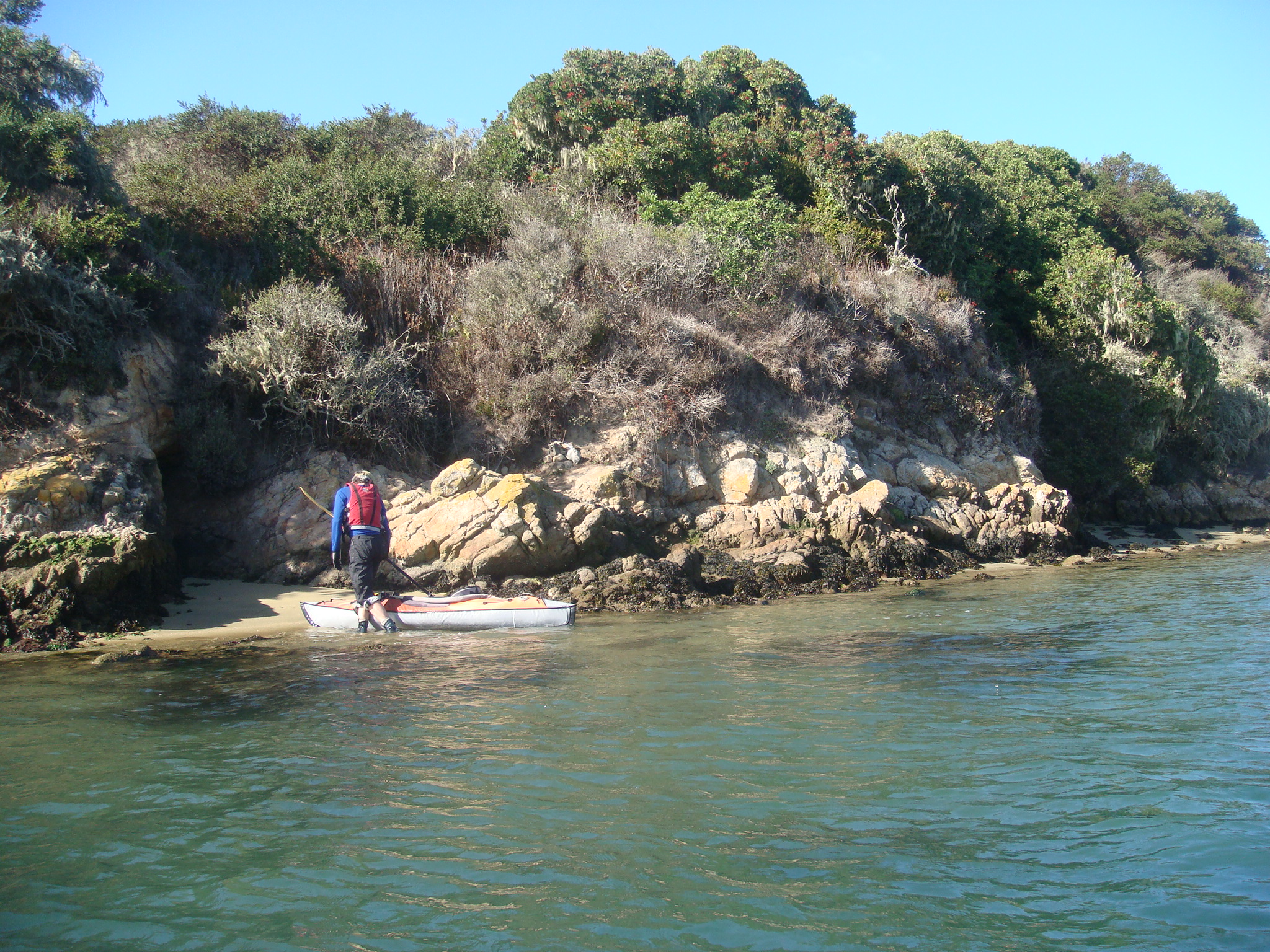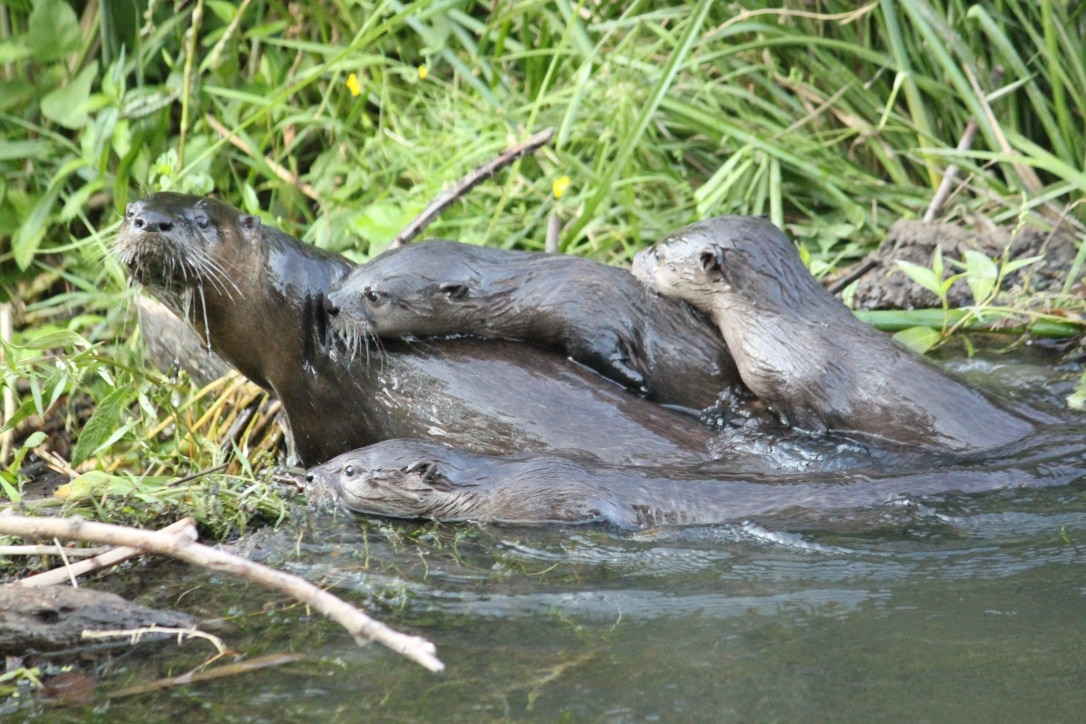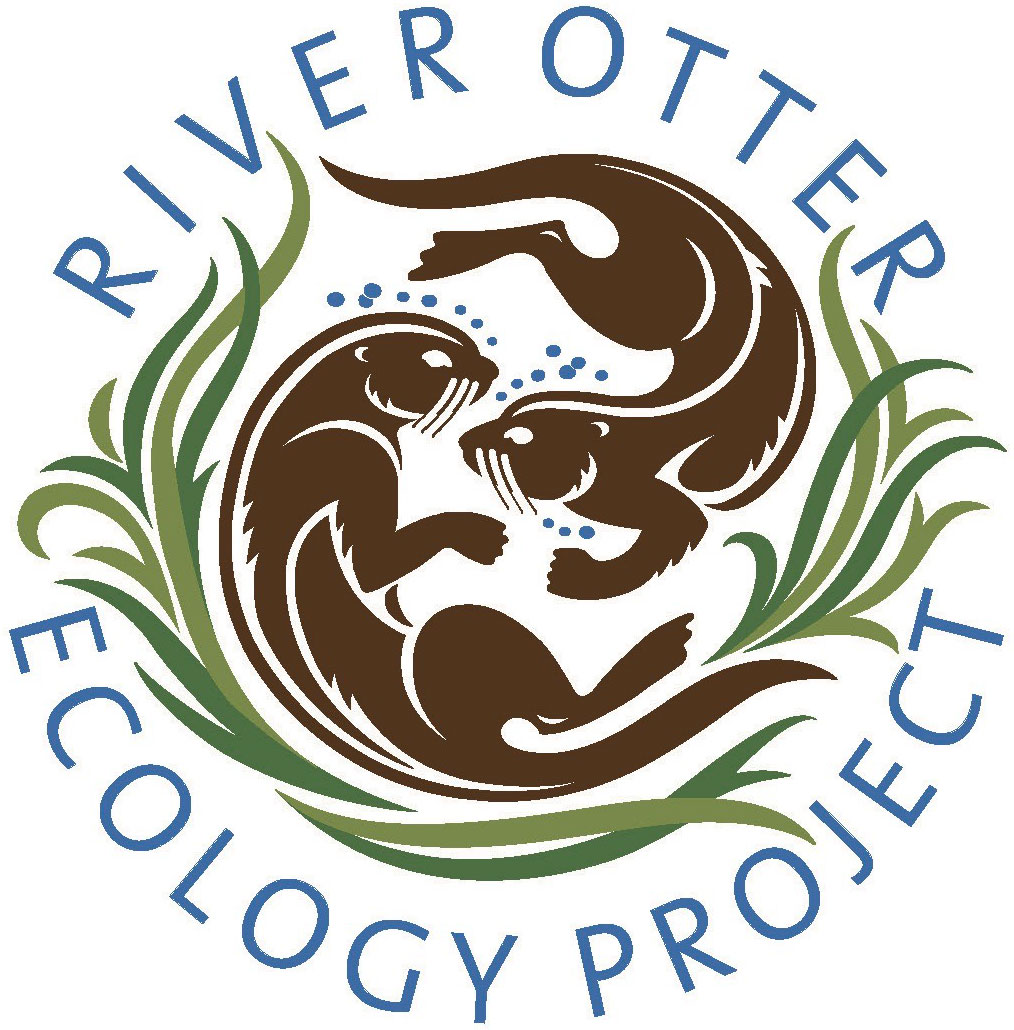By Terence Carroll, ROEP President, Informatics and Data Manager
I headed out on a quiet Tomales Bay morning. A few fishermen dotted the bay, and I nodded a greeting to a fellow kayaker putting in at the launch. I stowed my field gear in my trusty research vessel, the aging inflatable kayak that has carried me dutifully to my camera sites through the years.
I paddled in no particular hurry toward the far shore. The harbor seals were all hauled out on Hog Island. A few cormorants bobbed in the water, doing that disappearing dive that’s so quick and unprefaced it seems like something they just thought of for the first time. I kept an eye out for bat rays, since I had seen quite a few my last time out. Today there were no signs of them, no tips of their black wings jutting just out of the water. A V of seven pelicans glided low overhead. I stopped paddling to watch them pass, then turned north. An osprey observed all from a snag high above the shoreline.
At my first camera site I spent an hour or so collecting scat samples, installing a new camera, sitting on a rock looking at the water. A group of young people paddled by in double kayaks. I watched the bay a little longer. Then I packed up and pushed off for my next site. A juvenile loon, making vaguely disapproving sounds, paddled along in front of me as I headed south. Unlike other water birds, loons don’t usually seem bothered by my presence, but this one had soon had enough of me, and veered off out of my path.
The Trusty Research Vessel at the sliver of beach
My second site is more constrained than the first, on a rocky part of the shoreline. There’s a sliver of beach, just big enough for my boat when the tide is low. I dragged my kayak up, and saw fresh otter tracks above the last high tide line. They seemed small. The camera is at the end of a seep that comes down off Pierce Point. In winter the seep spills down right into the bay, but at this time of year it peters out a little way above the shore. I unpacked my field gear, collected a fresh scat sample, and changed the video card in the camera. I stood by the camera, entering the data I had collected into my phone app, typing “fresh scat collected; fresh tracks, small, seen; batteries ok.” Someone was grunting and huffing at me. I heard it, but I was typing on my phone, in the world of my device.
Not for long. I looked to my left, and was right back where I belonged. A mother otter, three feet away up in the seep, was the someone grunting and huffing. The imperturbable and impossibly cute face of a baby otter peered over her shoulder. My first thought, “how many babies are there?” gave way immediately to the impulse to move away now, right now. But there was no away to move to except back to the water. I tossed my gear into my drybag, tossed my drybag into the boat, tossed my boat into the bay, tossed myself into the boat, paddled back ten yards or so, and waited. After five or ten minutes, the mother otter appeared and surveyed the scene. I was still too close. I moved back down the shore a little way – not out of her sight, but on the outskirts of it. After a minute or so, the mother otter came back, closely trailed by two trundling babies, then a third who was a little clumsy still. They all slid into the water and went gliding away up the shoreline away from me.

And I went gliding back to the boat launch, and glided through the rest of my very fine day.
